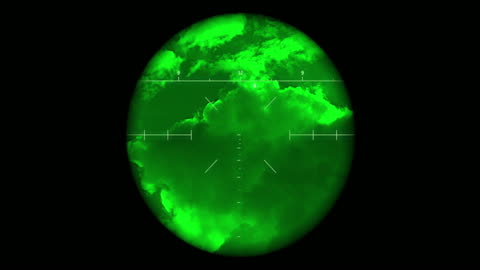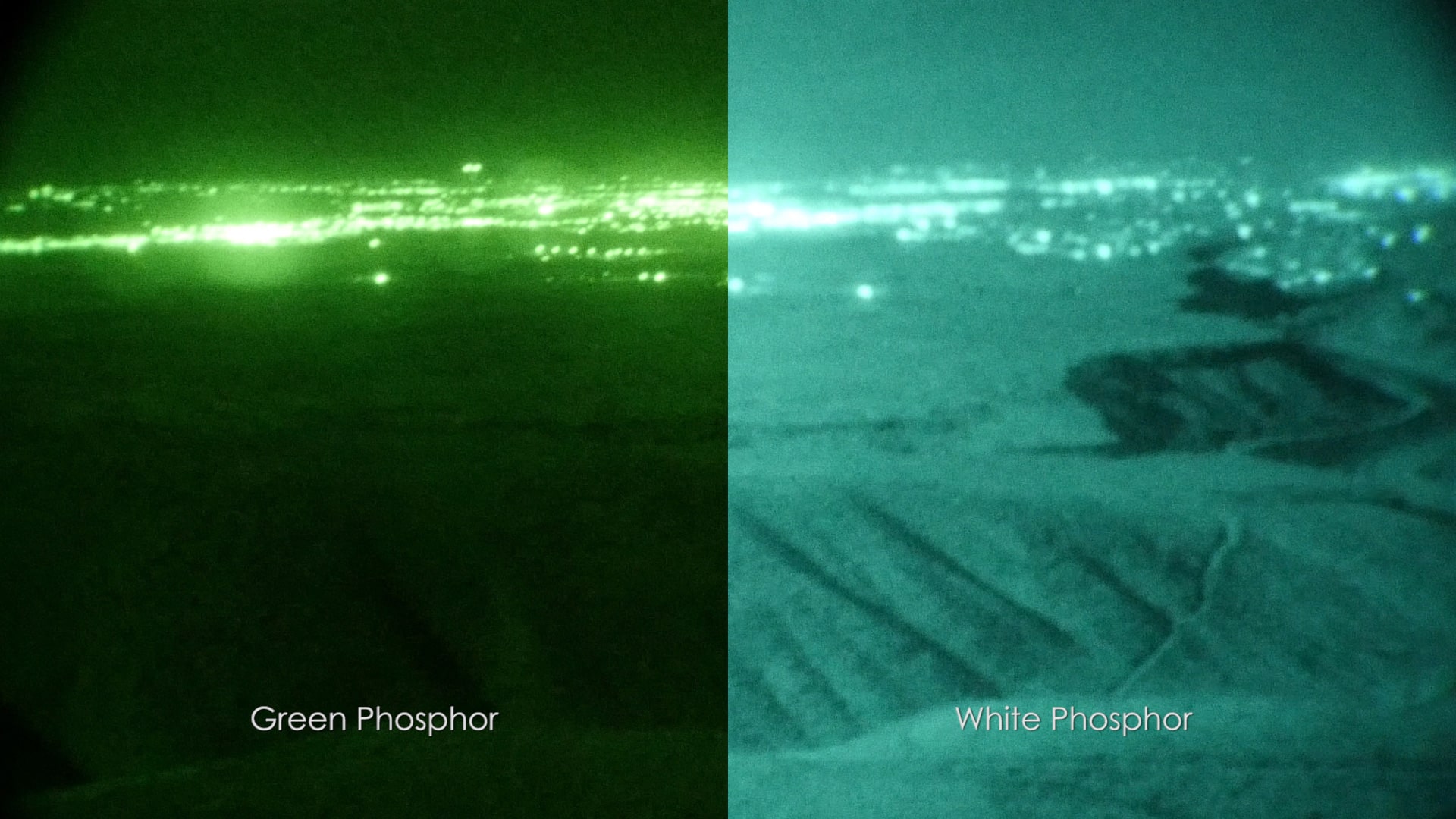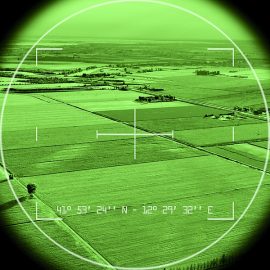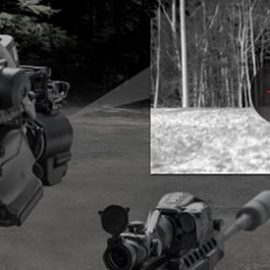
Today humankind lives in times of rapid development of technology. Every day there are new inventions, developments, or even the beginning of mass production of products that yesterday was considered science fiction, so unlikely event. The introduction of digital night vision devices in recent years is an essential step in developing night vision technology. Digital night vision devices (N.V.) are an excellent alternative to analog counterparts with O.D. (optoelectronic devices). They cannot be called ideal replacements, but digital night vision devices are gaining more and more space in the night optics market every year. Currently, low-level television surveillance and aiming systems have become widespread. They are used in military equipment to ensure the work of anti-terrorist, security, customs, and border services, special forces, police, victim rescue services, for terrain monitoring, driving vehicles in difficult vision conditions, for industrial, technological control, etc.
In general, a digital night vision device consists of a lens, a photosensitive sensor, electronic image processing and control units, a display, and an eyepiece. Energy-saving of digital N.V. devices is carried out from replaceable batteries (batteries), accumulators of the same standard size, or built-in accumulators. The devices can be equipped with a connector for supplying power from external sources (for example, the onboard network of a car, compact external batteries). For operation in low light conditions, digital night vision devices are often equipped with built-in infrared illuminators based on laser or LED sources. To improve ease of use, digital night vision devices can include a system for wireless control of the device’s main functions – in this case. The user can control the device using a wireless remote control (R.C.).
Basic parameters of digital night vision devices
• Increase
• Sensitivity
• Angle of view
• Removal of the exit pupil
• Infrared illuminator power
• Detection and recognition range
N.V. in military and hunting
The constructive difference between hunting sights from military sights is that they are often equipped with I.R. illuminators, which is not allowed for military sights. And in most cases, military sights are fitted with a “cat’s eye” type eyecup, which removes the demasking effect from the glare of the shooter’s eye by the EOP screen. Guided by this information, it is quite possible to distinguish an approved sight from a military one, in addition to the legal aspect of using night sights. Some hunters stick to traditional hunting and consider hunting with night sights inhumane because the beast has almost no chance to get away. Yes, a real hit does become more likely, but it does reduce the risk of the underdog leaving. If it is a hare, what if it is a larger animal? There are known cases when wounded boars and bears escaped from hunters and then attacked defenseless people.
At the end of May 2021, the U.S. Army began using night vision goggles that turned the battlefield into a video game. According to the developers, the new Enhanced Night Visions Goggle-Binoculars (ENVG-B) system makes it possible to get complete information about the enemy at night. Developed by the U.S. Army in conjunction with L3 Warrior Systems, the goggles are designed to provide a clearer image in the night vision system than the previous generation of goggles. The helmet-mounted device is equipped with thermal imaging and augmented reality features that bring gaming aspects to the training process. The new military device works by amplifying the moon, stars, or other light sources on Earth. The glasses pick up photons reflected from near-dark objects and convert the light into electrons. The electrons then pass through a screen coated with phosphor, a fluorescent substance, to create an image.
N.V. in civil spheres
These technologies are widespread in the military sphere and the civilian sphere. For example, they are very often used in wildlife observation. With them, we can learn more about the behavior of nocturnal animals. It is also essential for cave research, such as studying bats in dark caves. Since light frightened these animals, we could not know their natural behavior, now thanks to the glasses, we can observe them.
Night vision devices are designed to observe objects in low light conditions
An NV unit can have a single magnification (if proper orientation in space is required), or it can be used in conjunction with a lens, i.e., serve as a binocular (spyglass). A thermal illuminator (additional illumination source) can also be installed.
Night vision goggles — Mounted on the head, they have a wide field of view and do not magnify the image (or have a variable magnification that allows them to be used as binoculars). Modern NV units are available in several primary forms. The simplest is a night vision monocular, a telescope held in the operator’s hand, usually low magnification. Night vision binoculars have two EOPs and display an enlarged stereoscopic image. Glasses can have two EOPs or be pseudo binocular, where the image from one EOP goes to both eyepieces. A headband-mounted monocular can be used as a low-cost alternative to goggles. Night vision sights are mounted on the weapon, usually, magnify the image and having a reticle.


